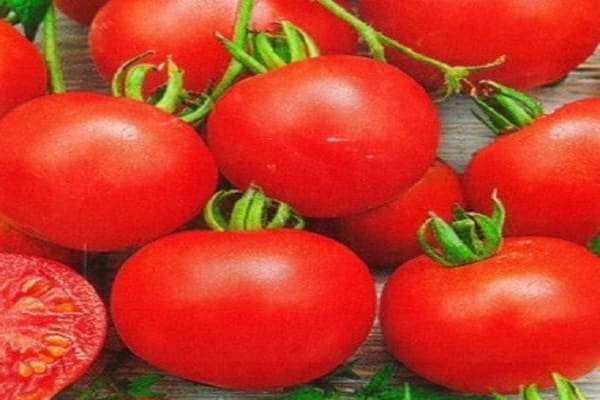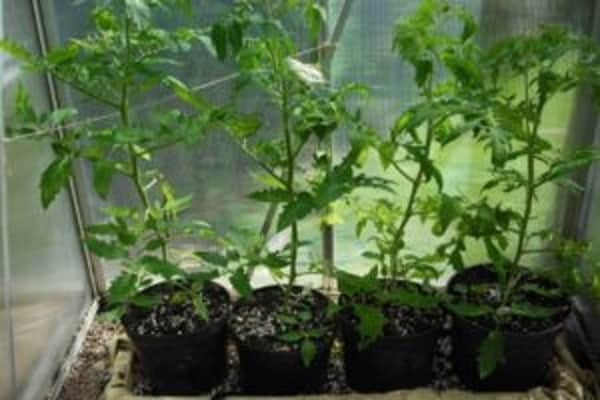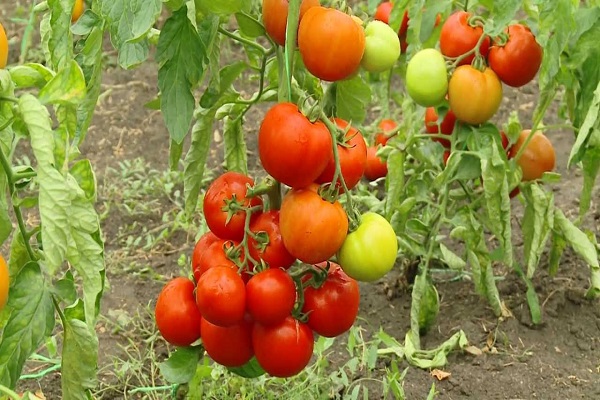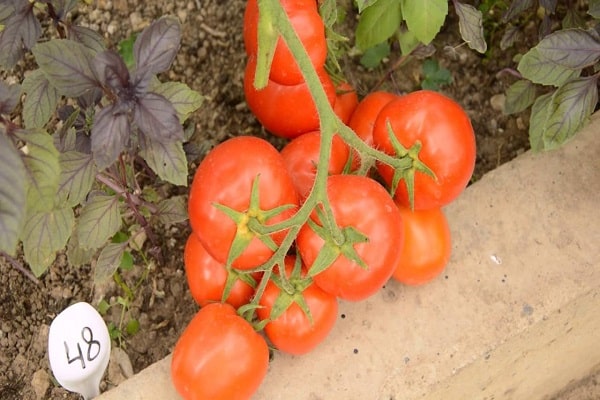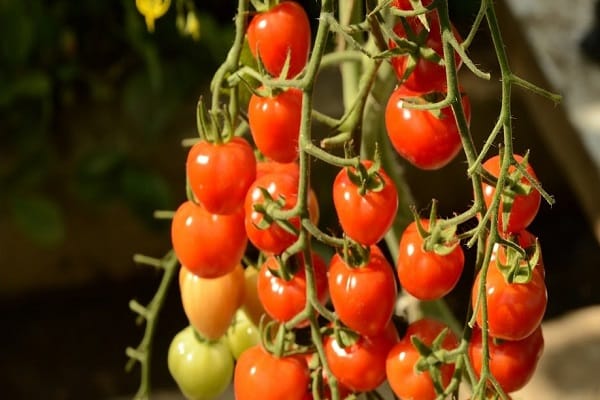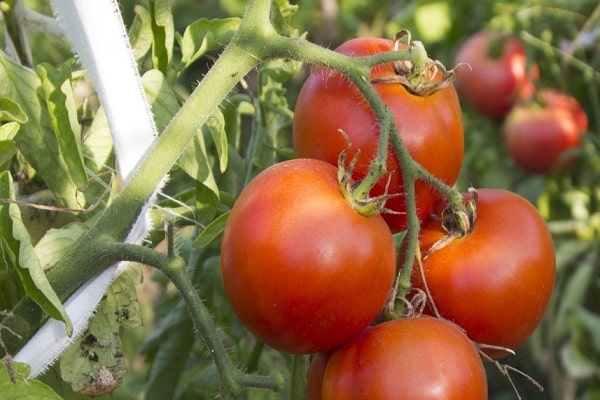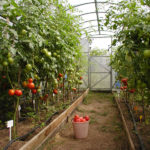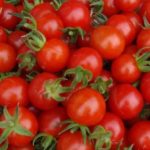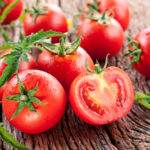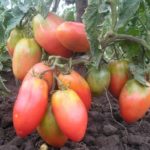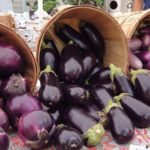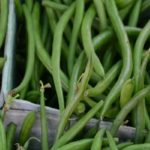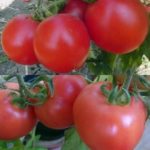Compact bushes, clusters of identical beaded tomatoes, rich sweet taste - all this is the Klepa tomato. Cherry tomatoes have long conquered hearts and gardens with their friendly ripening and early ripening, as well as excellent decorative and table properties. Therefore, it is not surprising that every year interest in this type of tomato only grows, and with it the variety of varieties increases.
Features of the variety
Tomato variety Klepa is mid-season, indeterminate type. After 100–115 days, friendly shoots also begin to produce their harvest together.
Description of the plant:
- the bush is vigorous, can reach 2 m or more in height;
- medium-leafed plant, small, green leaves;
- inflorescence complex, stalk with articulation;
- Tomato yield is high - 7.5 to 8 kg per 1 sq. m;
- has increased resistance to tobacco mosaic virus.
Fruit characteristics:
- round, smooth shape;
- weight of tomatoes 20–25 grams;
- the skin is thin, strong and smooth;
- The color of ripe tomatoes is deep red;
- the pulp is dense, juicy;
- The taste of the tomato is sweetish, dessert.
Among other advantages of the variety, it should be noted its amazing shelf life - tomatoes can be stored for more than three weeks, do not spoil or lose their presentation.
Agricultural technology
The Klepa tomato variety is recommended for cultivation both in open ground and in greenhouse conditions. To grow tomatoes and reap a rich harvest, it is necessary to prepare high-quality planting material, so it is better to grow seedlings yourself:
- Seeds are sown at the end of March or beginning of April.
- Before sowing, it is advisable to soak the seeds in warm water, after wrapping them in gauze.
- Tomatoes are sown on slightly compacted soil, then sprinkled with a soil or peat layer of no more than 1 cm.
- Next, the crops should be carefully watered, covered with film and placed in a warm place.
- After the shoots emerge, the film should be removed and the young shoots should be provided with light and warmth.
- In the phase of the appearance of the first pair of true leaves, the sprouts need to be planted in separate cups or pots.
- One and a half to two weeks before planting in the ground, plants must begin to be hardened off, leaving young tomato bushes in the fresh air. This makes it easier for them to adapt to their permanent place of residence.
- At the age of 60–65 days, seedlings can be planted, provided that the threat of frost has passed.
- As the bushes grow, they need to be formed into two stems. And also, given the vigorous growth of plants, they should be tied to a trellis in advance, which will greatly facilitate subsequent harvesting.
- Klepa does not need abundant watering, so it is enough to ensure that the soil does not dry out. In addition to watering, plants respond well to fertilizing and loosening the soil.
The Klepa tomato is distinguished by its aesthetic beauty and dessert properties, because the fruits of this variety are easily confused with berries. And for growing it is not necessary to have a personal plot; Klepa has enough space on the balcony. You can easily verify this by reading reviews from experienced tomato growers who, even in winter, prefer to eat fresh tomatoes grown with their own hands.
Reviews
Tamara Orlova, Krasnoyarsk:
“This is not the first time I have planted Klepa, I grow it in a greenhouse. There are no problems with her. The bushes are gorgeous and bear fruit superbly. The whole family enjoys eating berry tomatoes.”
Elena Alexandrova, Ekaterinburg:
“Klepa is a very productive variety. You can get more than ten tomatoes from each brush. And how delicious they are, children simply adore them.”
Sergey Savoskin, Volgograd:
“The Klepa tomato looks impressive both in the garden and on a plate. The whole thing fits into the mouth, which is very convenient. Well, the taste is simply divine, aromatic and sweet tomato.”

